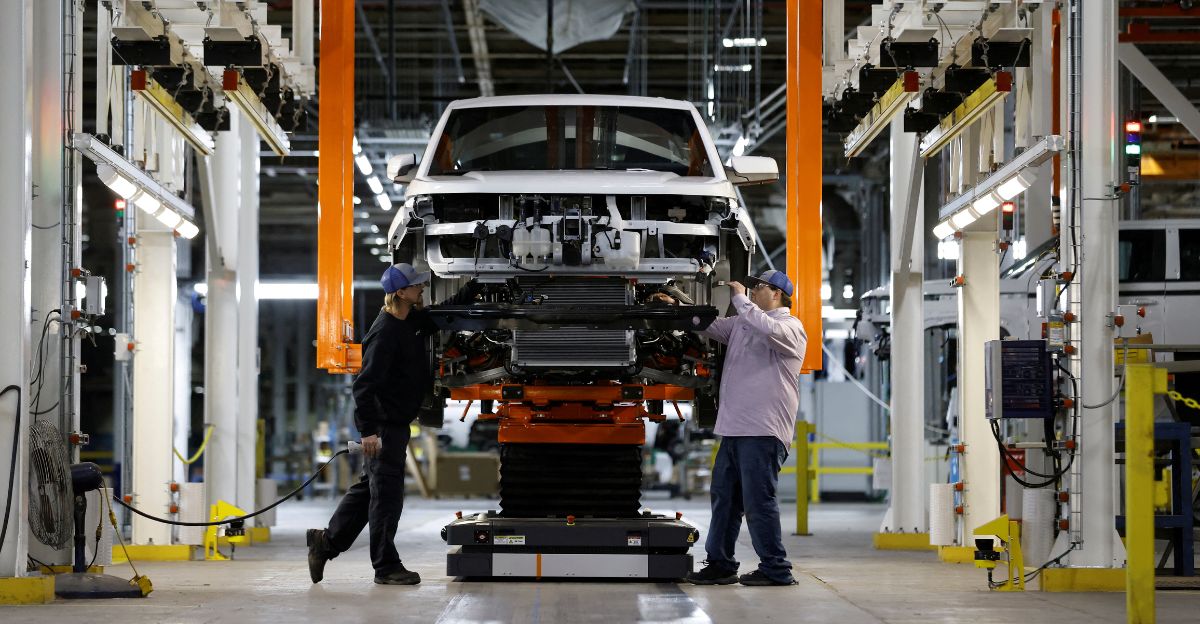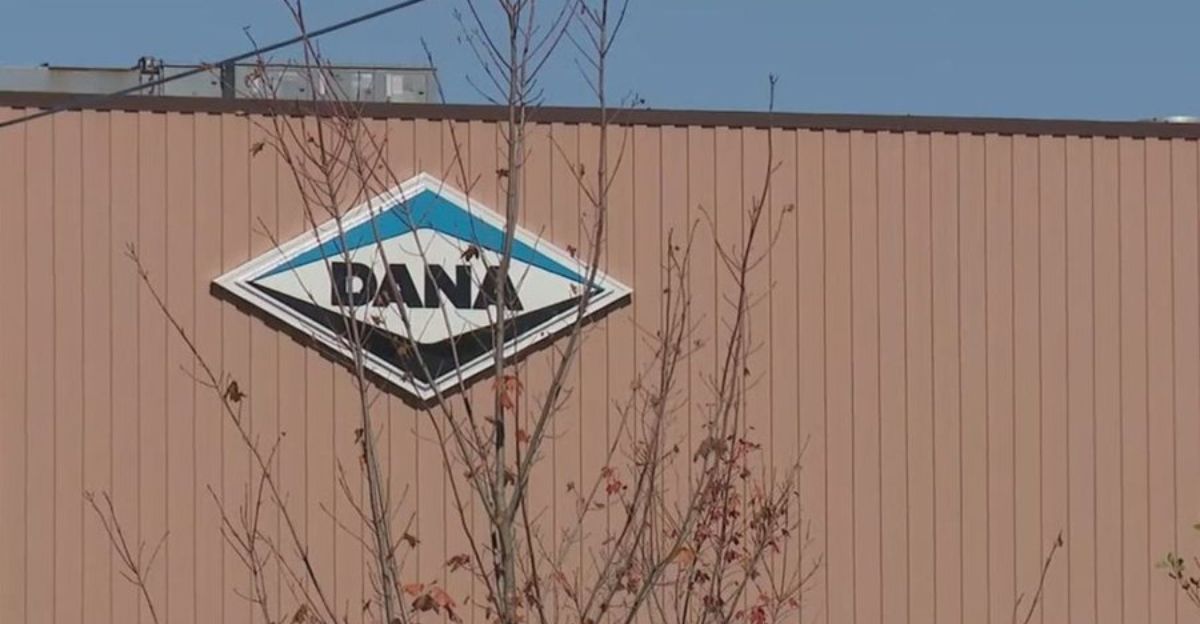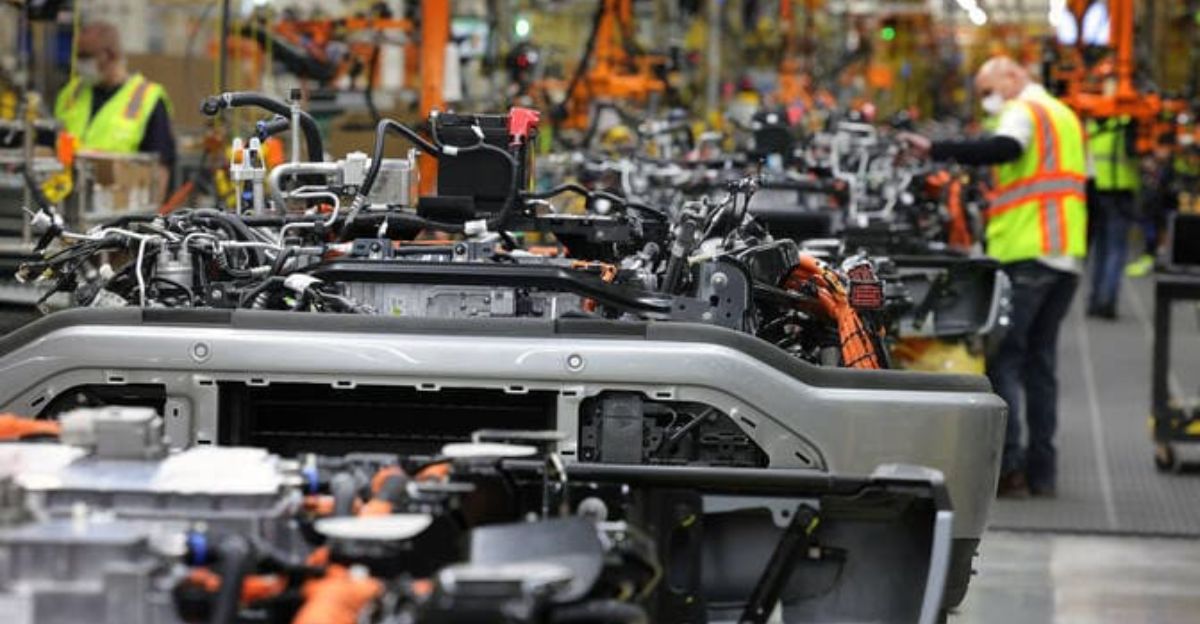
General Motors’ decision to pause electric vehicle production at three major U.S. plants marks a pivotal moment for the auto industry, sending shockwaves through local economies and raising urgent questions about the future of EVs in America. The move, announced on October 29, 2025, comes as consumer demand shifts and federal incentives expire, forcing GM and its partners to recalibrate their strategies amid mounting uncertainty.
Why GM Hit the Brakes on EVs
GM attributed the production halt to “slower near-term EV adoption and an evolving regulatory environment.” The expiration of federal EV tax credits on September 30, 2025, sharply reduced consumer incentives, prompting the automaker to reassess its electric vehicle roadmap. Without these credits, the cost advantage of EVs diminished, leading to a drop in demand and a reevaluation of investment priorities. This shift is not isolated; automakers across the industry are now navigating a landscape with less government support, fundamentally altering production timelines and investment strategies.
Ripple Effects: Job Losses and Economic Strain

The immediate impact of GM’s announcement is felt most acutely by workers and communities in Michigan, Ohio, and Tennessee. Nearly 1,200 permanent layoffs are set for Detroit’s Factory Zero, with another 550 positions cut at the Ultium Cells battery plant in Warren, Ohio. Temporary layoffs will affect 850 workers in Warren and 700 in Tennessee, deepening economic hardship for families and local businesses. These regions rely heavily on GM and its suppliers for stability, and the reduction in consumer spending is expected to ripple outward, affecting contractors, suppliers, and service workers. Local businesses brace for difficult months ahead as the economic slowdown accelerates.
Manufacturing Adjustments and Supply Chain Disruption

GM’s joint venture with LG Energy Solution, Ultium Cells, will temporarily close plants in Ohio and Tennessee starting January 5, 2026, with plans to resume production mid-year but with a smaller workforce. Detroit’s Factory Zero will reopen in late November 2025, also at reduced capacity. These adjustments reflect GM’s strategic shift from aggressive EV expansion to a more cautious approach focused on financial stability. The production pause is already straining the automotive supply chain. Dana Thermal Products, a key supplier of EV battery cooling plates, is closing its Auburn Hills, Michigan plant and cutting 200 jobs. Other suppliers face similar pressures, with many forced to scale back operations or delay investments in new technologies. The cascading effect threatens the viability of numerous EV component manufacturers, amplifying the economic fallout.
A Global Slowdown and Legal Uncertainty
GM’s decision is part of a broader global slowdown in EV production. Rivian and Volkswagen have also announced job cuts and revised production targets in response to declining demand and regulatory uncertainty. This marks a significant shift in the global automotive landscape, with manufacturers recalibrating strategies and reassessing the profitability of electric vehicles. For workers affected by layoffs, legal questions loom large. Employees at Ultium Cells may be entitled to severance pay under the WARN Act, which requires a 60-day notice for mass layoffs. Ongoing investigations aim to determine whether GM complied with these legal obligations, leaving many workers anxious about their rights and financial support during the transition.
Political Debate and Local Impact

The expiration of federal EV tax credits and shifting emissions regulations have ignited debate in Washington. Lawmakers and industry groups are divided, with some blaming government policy for the layoffs and others advocating for new incentives. The challenge for policymakers is to balance environmental goals with job preservation, as the political landscape evolves. In Michigan, Ohio, and Tennessee, the layoffs threaten to destabilize local economies where auto jobs are a cornerstone. Reduced spending by displaced workers will affect retail, housing, and services, with industry experts predicting higher car prices due to supply chain disruptions and tariffs. Housing markets, small businesses, and local tax bases face significant pressure as the slowdown deepens.
Looking Forward: Stakes for the Industry and Nation

GM’s production pause has reignited debate over the future of electric vehicles in the U.S. Advocates argue that EVs are essential for meeting climate goals, while critics highlight the economic risks for workers and communities. International observers are watching closely as America’s EV ambitions falter, raising concerns about U.S. leadership in the global transition to electric vehicles. Traditional auto manufacturers and fossil fuel producers may benefit from the slowdown, while tech companies and green energy startups face reduced demand. Financial markets remain volatile, with analysts warning of continued disruption through 2026. The decisions made in the coming months—by automakers, policymakers, and market participants—will shape the trajectory of the U.S. auto industry, determining whether it can recover and regain momentum in the fast-evolving global market.